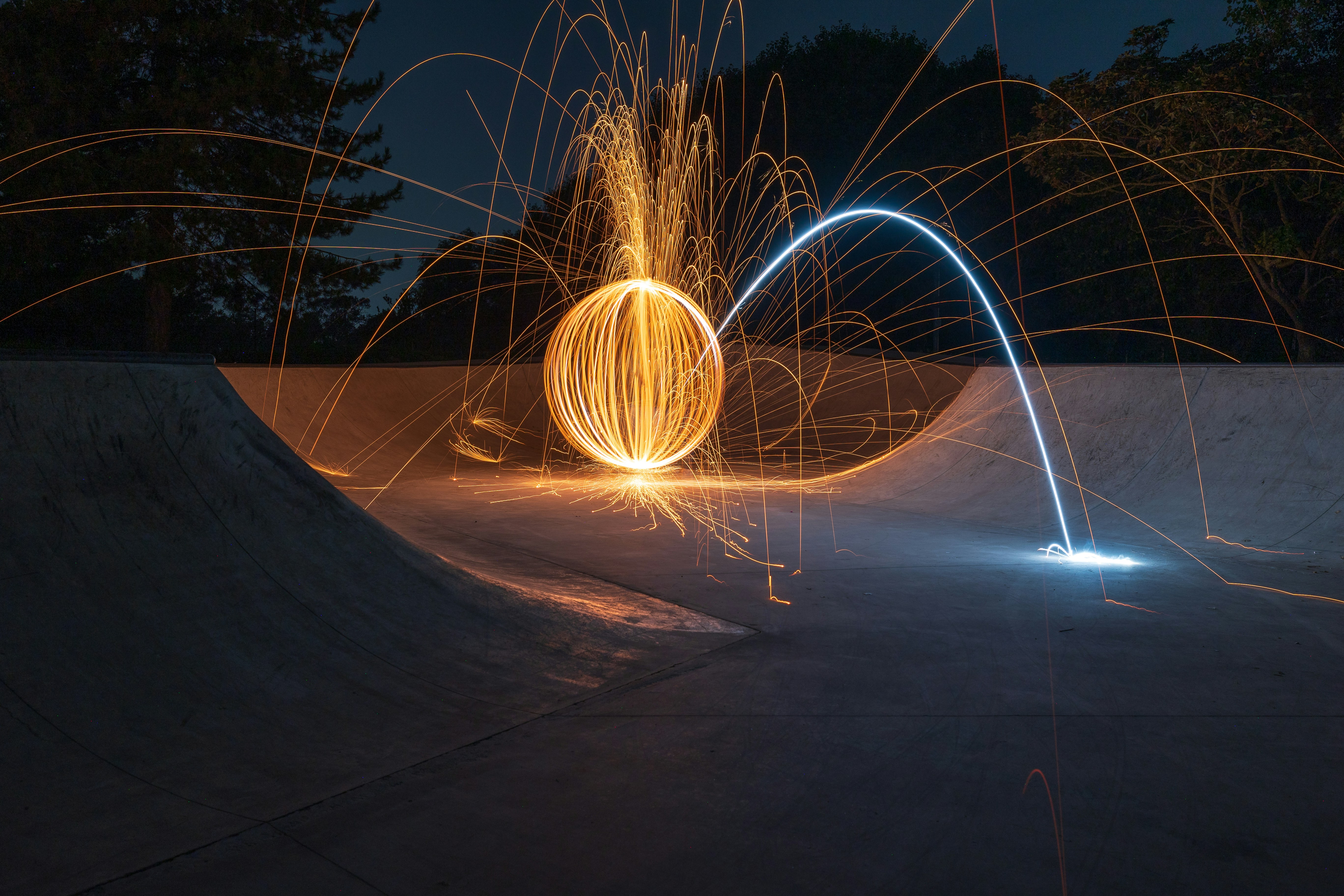Merging the Old and New: An Exploration of Retrofuturism in Modern Cinema
In the fast-paced world of cinema, filmmakers have found a new muse in the paradoxical concept of retrofuturism. This intriguing blend of past vision and future innovation has become a fascinating point of discussion in the arts and entertainment industry. This article delves into the rise and impact of retrofuturism in modern cinema.

Retrofuturism: An Artistic Paradox
Retrofuturism, as the name suggests, is a blend of old-fashioned retro styles with futuristic technology and concepts. This artistic and cultural trend, born in the late 20th century, finds its roots in the nostalgic longing for the past, combined with the excitement for the future. In visual arts, it translates into a style that captures the future as imagined by the past, often characterized by anachronistic technology and postmodernist aesthetics.
Retrofuturism in Cinema: A Historical Overview
Retrofuturism found its way into cinema slowly. The concept of retrofuturism is not new, with traces found in literature and art dating back to the 1960s. However, it wasn’t until the late 1980s that filmmakers started to explore this style. Movies like ‘Back to the Future’ and ‘Blade Runner’ introduced audiences to this concept, appealing to their sense of nostalgia while also offering a futuristic vision.
Retrofuturism Today: A Growing Trend
In the past decade, retrofuturism has seen a resurgence in cinema. Filmmakers are increasingly employing this aesthetic in their work, creating movies that offer a unique blend of the past and the future. Recent films like ‘Ready Player One’, ‘Guardians of the Galaxy’, and ‘The Shape of Water’ are notable examples of retrofuturism in modern cinema.
The Impact and Reception of Retrofuturism
The impact of retrofuturism on modern cinema cannot be understated. It has not only introduced a new aesthetic to filmmaking but has also influenced storytelling techniques. This trend has been well received by audiences, who enjoy the nostalgic familiarity combined with the thrill of futuristic elements. Furthermore, it has opened up avenues for creative expression, challenging filmmakers to push boundaries and think outside the box.
The Future of Retrofuturism in Cinema
The future of retrofuturism in cinema looks promising. With more filmmakers expressing interest in this style, it is likely to see continued growth in the coming years. As technology advances and our perception of the future evolves, so too will the representation of retrofuturism, offering exciting opportunities for filmmakers and audiences alike.
In conclusion, the paradoxical blend of old and new that retrofuturism offers has found a solid footing in the world of modern cinema. As filmmakers continue to explore this intriguing style, we can expect to see more movies that transport us into a future as imagined by the past.




